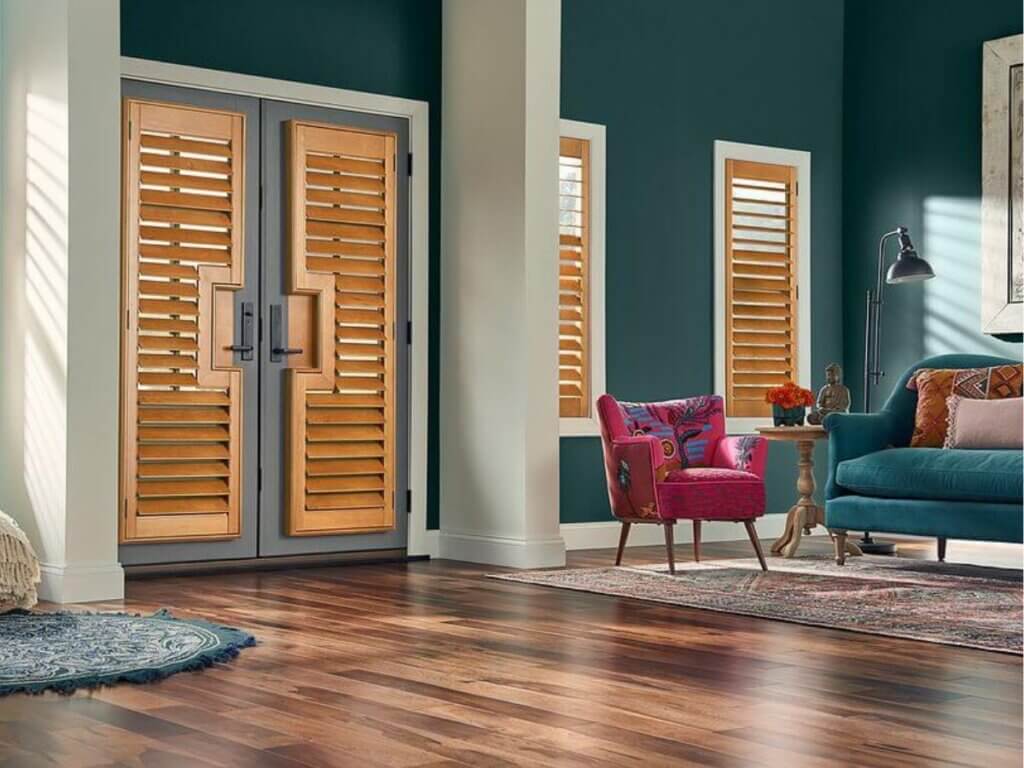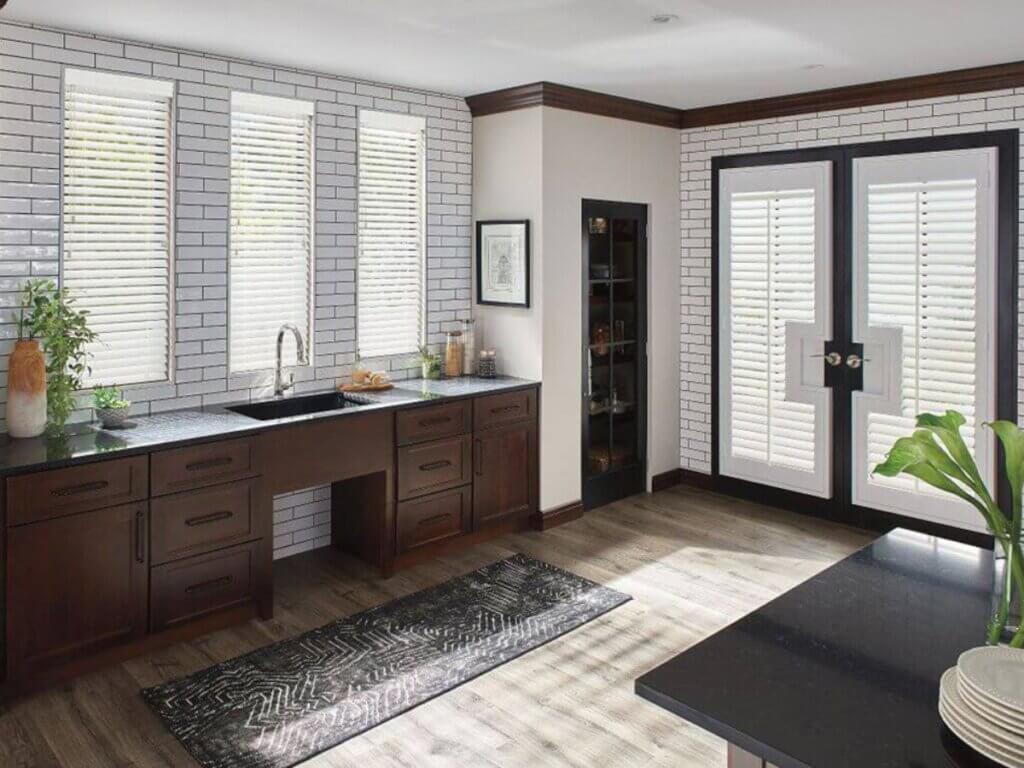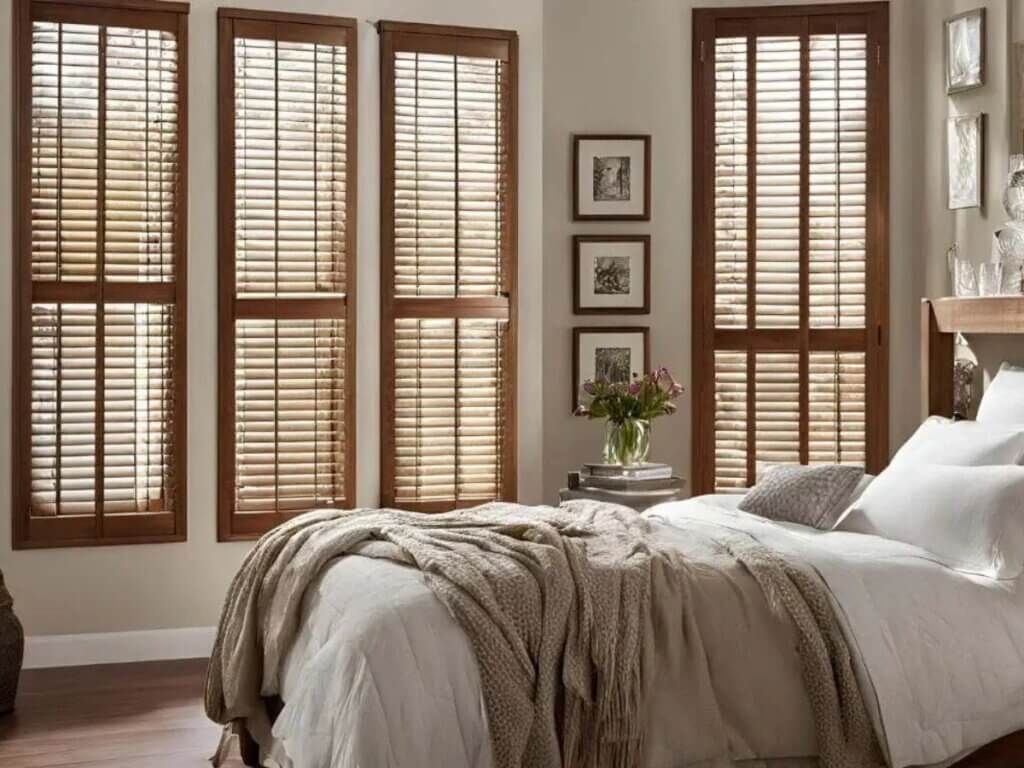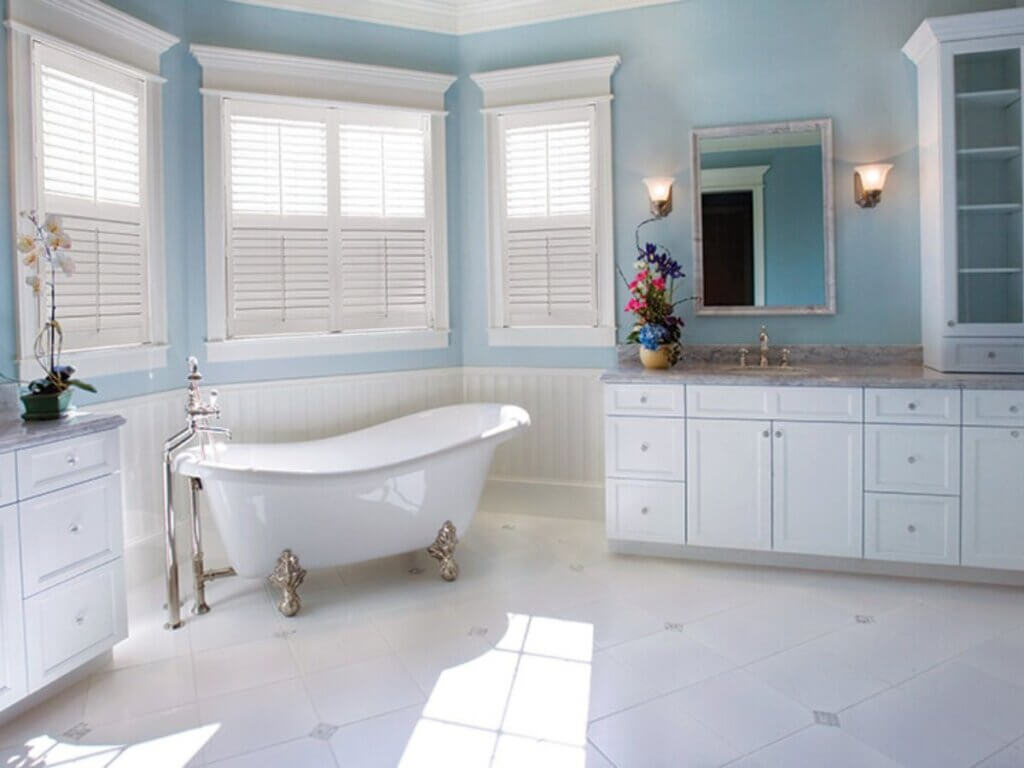Choosing window shutters isn’t just about style—it’s about finding something that holds up to real life. The kind of real life where humidity builds up in the bathroom, the sun hits the same spot every day, and the kitchen always stays busy.
Two common options that homeowners weigh are wood shutters vs composite shutters.
Both can bring a clean, polished look to your windows. Both offer privacy and light control. But how they perform—and what they need to look good—can be very different. Both come in clean, classic styles. Both offer privacy, light control, and a polished finish that elevates your space. But the similarities end there. Behind the look is where things start to shift, and that’s where the right choice becomes clear.
Why Material Matters More Than You Think

Shutters aren’t just about looks. They’re a long-term investment in how your home functions and feels. That’s why the question of wood shutters vs composite shutters is essential. Each option offers its benefits—and a few drawbacks—that can impact everything from maintenance to moisture resistance.
Before you decide what’s better for your home, let’s look at what each option brings to the table.
What Are the Key Differences Of Wood Shutters vs Composite Shutters?
Feature | Wood Shutters | Composite Shutters |
Material | Natural hardwood (like basswood or poplar) | Engineered wood wrapped in PVC or vinyl |
Appearance | Rich, warm, organic texture | Smooth, uniform finish |
Durability | Strong but sensitive to humidity | Moisture-resistant and stable |
Maintenance | Requires occasional care, refinishing | Easy to clean, resists warping |
Cost | Higher upfront investment | More budget-friendly |
Ideal For | Dry, climate-controlled areas | Kitchens, bathrooms, coastal homes |
The Look and Feel
Wood shutters are known for their natural grain and depth. They bring warmth and character to any room, especially when stained instead of painted. Wood may be a natural extension of your interior style if your home leans traditional, transitional, or rustic.
Composite shutters offer a crisp, consistent appearance. They hold paint exceptionally well and don’t fade or yellow over time. This material is often more forgiving for modern, coastal, or high-traffic homes.
Which One Lasts Longer?

It depends on the environment. Wood shutters can last decades with proper care in a dry, temperate climate. However, composite shutters tend to outperform in homes with fluctuating humidity—think bathrooms, laundry rooms, or beachside properties. Their synthetic outer layer helps resist swelling, peeling, and warping.
Care and Upkeep
Here’s where composite shutters have a clear edge. A quick wipe-down keeps them looking like new. There’s no sanding, repainting, or refinishing needed. Wood shutters, while durable, may eventually require some touch-up work, especially if exposed to direct sunlight or excess moisture.
That doesn’t mean wood is fragile. It just means it needs a little more attention.
Budget Breakdown
Wood shutters generally cost more but also add perceived value to a home. If you’re planning to stay long-term and love the look of natural wood, the investment may be well worth it. Composite shutters offer a similar style for a lower price, with less upkeep over the years.
The best option? The one that fits your lifestyle, not just your budget.
Key Takeaways
- Wood shutters bring unmatched beauty and character, best for low-moisture environments.
- Composite shutters are durable, affordable, and moisture-resistant—ideal for bathrooms, kitchens, or humid climates.
- Think about more than cost. Style, maintenance, and longevity matter just as much.
- Choosing the right shutter depends on where they’re going and how you use the space.
- The debate around wood shutters vs composite shutters is more than a style choice—it’s about function and fit.
When Wood Shutters Win

Wood shutters are hard to beat if you love craftsmanship and don’t mind the occasional upkeep. Their depth, natural texture, and timeless appeal add a richness that few window treatments can match. They’re also highly customizable, offering more flexibility in stain colors and finishes.
Use them in living rooms, dining spaces, or bedrooms where conditions are stable. Their presence alone can add a sense of permanence to your home.
When Composite Is the Smarter Choice

You shouldn’t have to worry every time someone steams up the bathroom. Or cooks a big Sunday dinner. Composite shutters shine in real-life situations, with high humidity, and nobody wants to stress over the potential damage.
They offer peace of mind with long-term durability, and they look great doing it. Many brands even mimic wood grain, so you don’t always have to sacrifice style for performance.
If you’re comparing wood shutters vs composite shutters in a high-moisture setting, composite typically wins on practicality.
Wood Shutters vs Composite Shutters FAQs
What is the main difference between wood and composite shutters?
The core difference lies in the material. Wood shutters are made from real hardwood, while composite shutters are engineered wood or MDF wrapped in a synthetic coating. This affects their appearance, durability, and resistance to moisture.
Are composite shutters considered real shutters?
Yes. Composite shutters are a legitimate and popular type of shutter, especially in areas where durability and moisture resistance are important. They serve the same function as wood shutters and often look similar.
Can you paint or stain composite shutters?
Composite shutters can be painted, but they usually come pre-finished. Unlike wood, they can’t be stained to reveal grain since their surface isn’t natural wood. If customization is necessary, wood offers more flexibility.
Find the Right Fit Without Second Guessing
The biggest challenge isn’t always choosing between two materials—it’s knowing which one will hold up in real life. You want your shutters to look good, yes. But you also want them to last. To handle steamy bathrooms. To stand up to salty air. Or simply to keep looking sharp after years of use.
At Made in the Shade Eastern Shore, we help you find window treatments that work as hard as you do. We bring samples, insights, and advice straight to your door—so you can see the difference for yourself and confidently make the choice.
Schedule a free in-home consultation today, and let’s find shutters that feel like they belong in your space.


